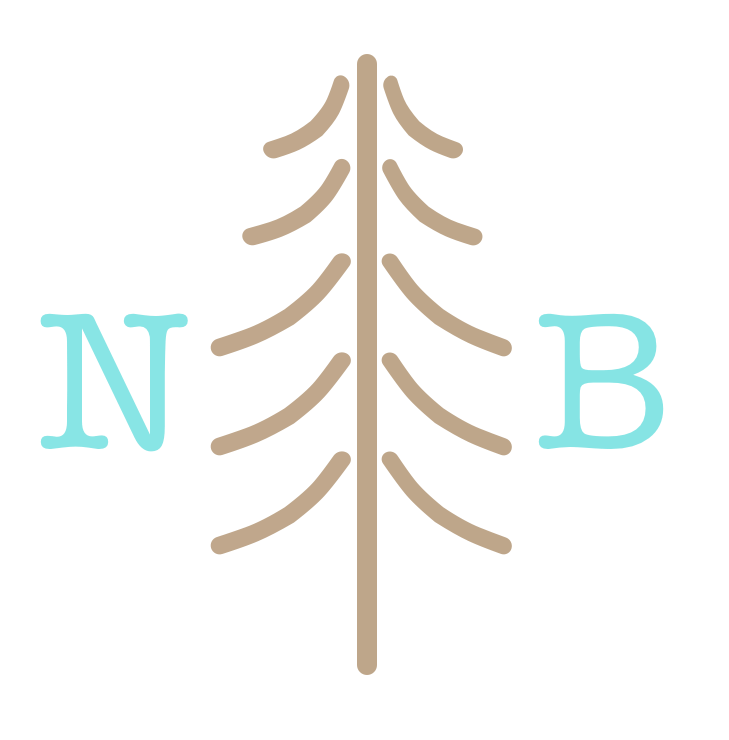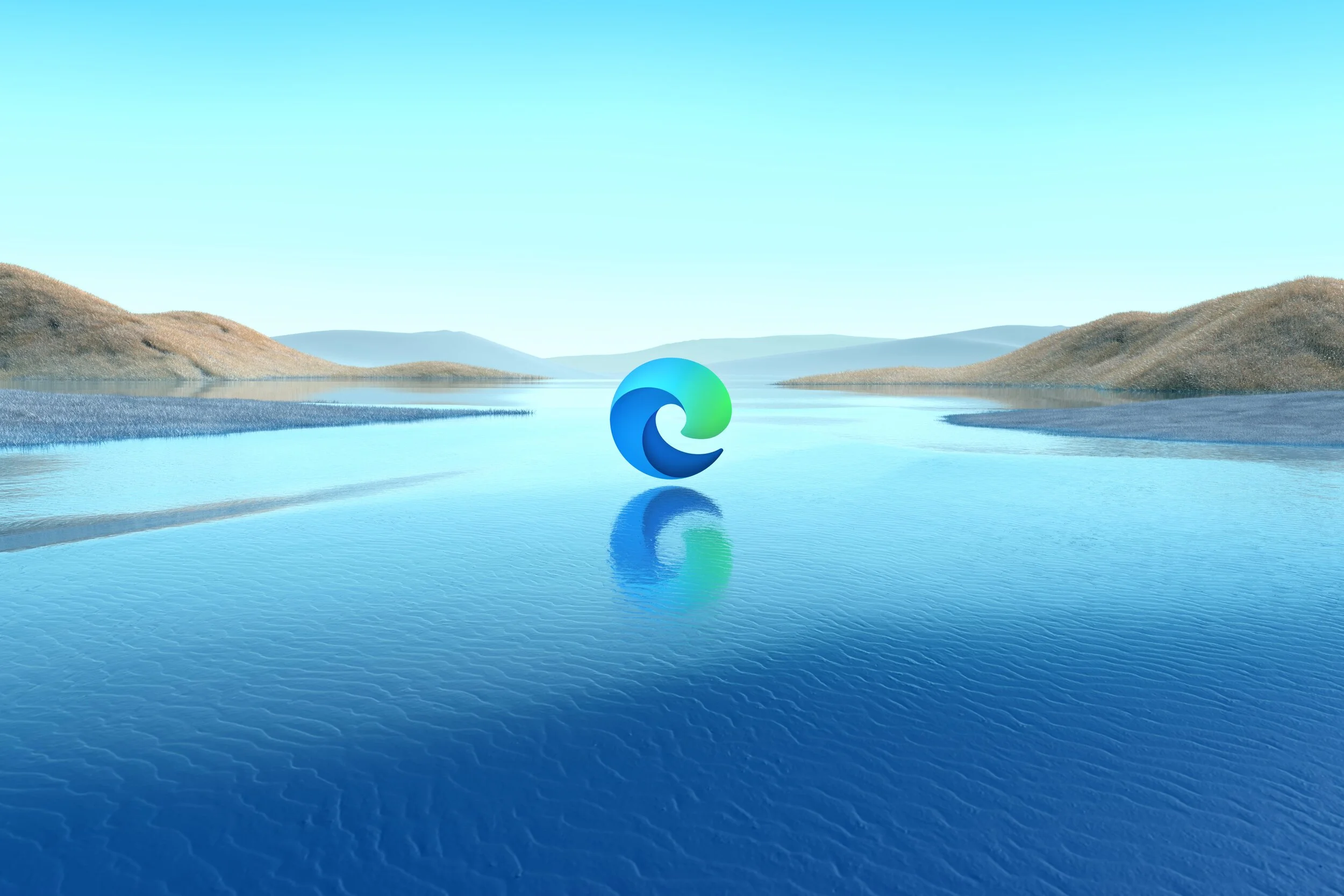
Microsoft Edge
Research Goal
Microsoft Edge is a cross-platform web browser developed by Microsoft. Edge is the only browser with built-in tools to help users save time and money when shopping online. Edge was launched in 2019 and now has approximately 700 million users. The goal of this UX Research was to help conduct several research studies to gain user insights and improve upon various Edge features. Our team used an Agile approach to reach its goals.
My Role
The Edge WXC (Web Experiences) Team brought me on for a four-month contract as a UX Researcher to run end-to-end studies and provide support to other UX Researchers on the team.
For the sake of confidentiality, I will describe the general UX Research process for our RISE research program without defining specific feature research. The RISE process consisted of key stakeholders, such as product managers, designers, developers, marketers, and executives who requested research for various Edge features, pre-existing or new.
Example of Microsoft Edge homepage that I researched.
Key Research Questions and Goals
What are notable behaviors, preferences, barriers and technologies that users prefer for the existing version of Edge?
Observe and understand users’ current browser habits and processes.
Identify needs and opportunities to inform the product design strategy.
Methodologies
Consistent 3-week research sprints to evaluate the requests, conduct user interviews and usability tests, extract and analyze qualitative and quantitative data, and present the findings and recommendations in study reports.
Participants were recruited and tested globally for remote study sessions using UserTesting.com and Zoom.
3 Week Task-Based Research Study Program
Phase 1: Evaluate study requests and move forward with prioritized focus areas.
Phase 2: Conduct six 30-minute to 1-hour remote user interviews and usability tests in collaboration with key stakeholders.
Phase 3: Extract key insights and recommendations.
Phase 4: Draft and deliver research study report.
Phase 5: Iterate via A/B testing and conduct further research studies.
Industry Analysis
Exploratory competitive landscape analyses were conducted for competing browsers and features.


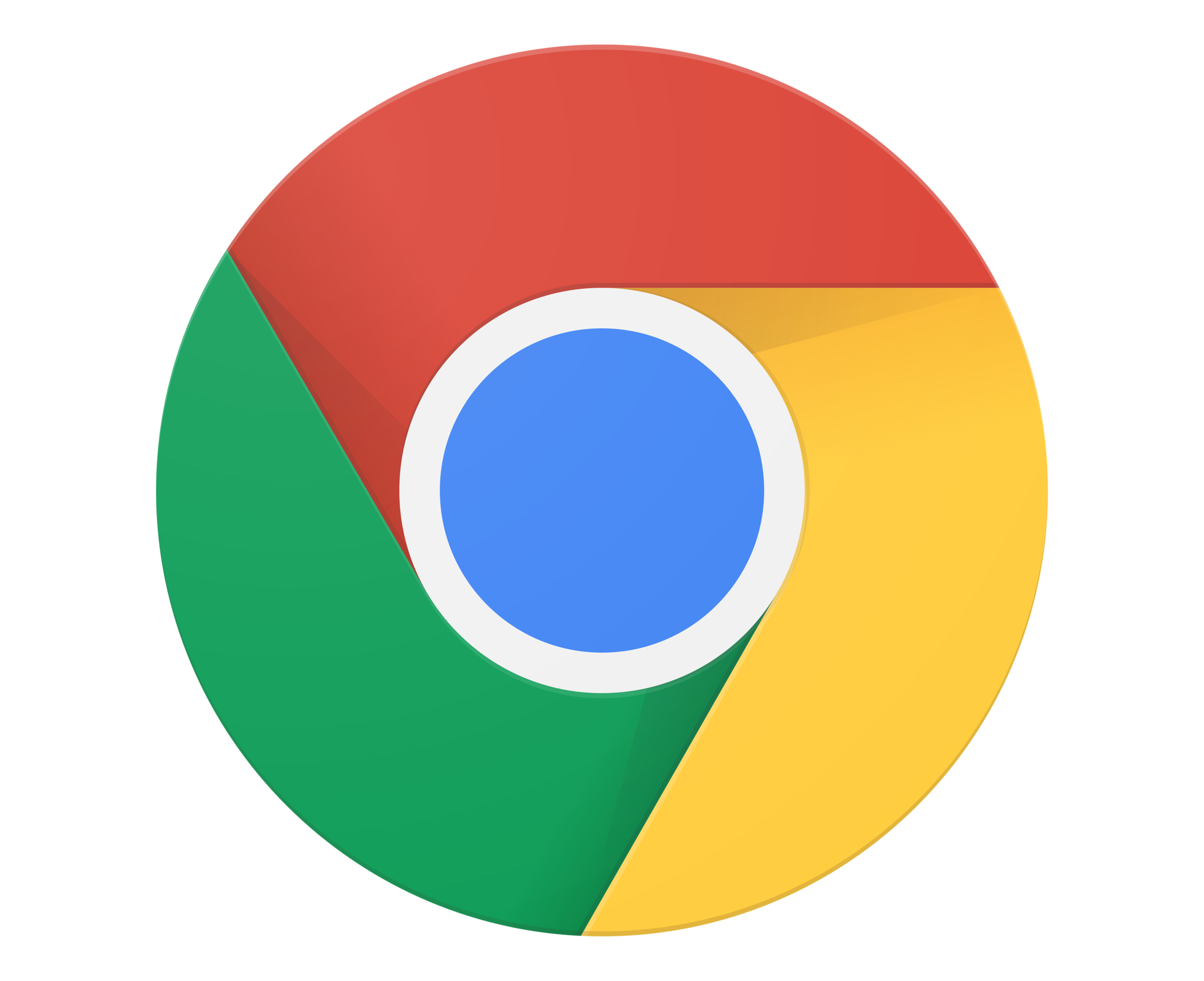
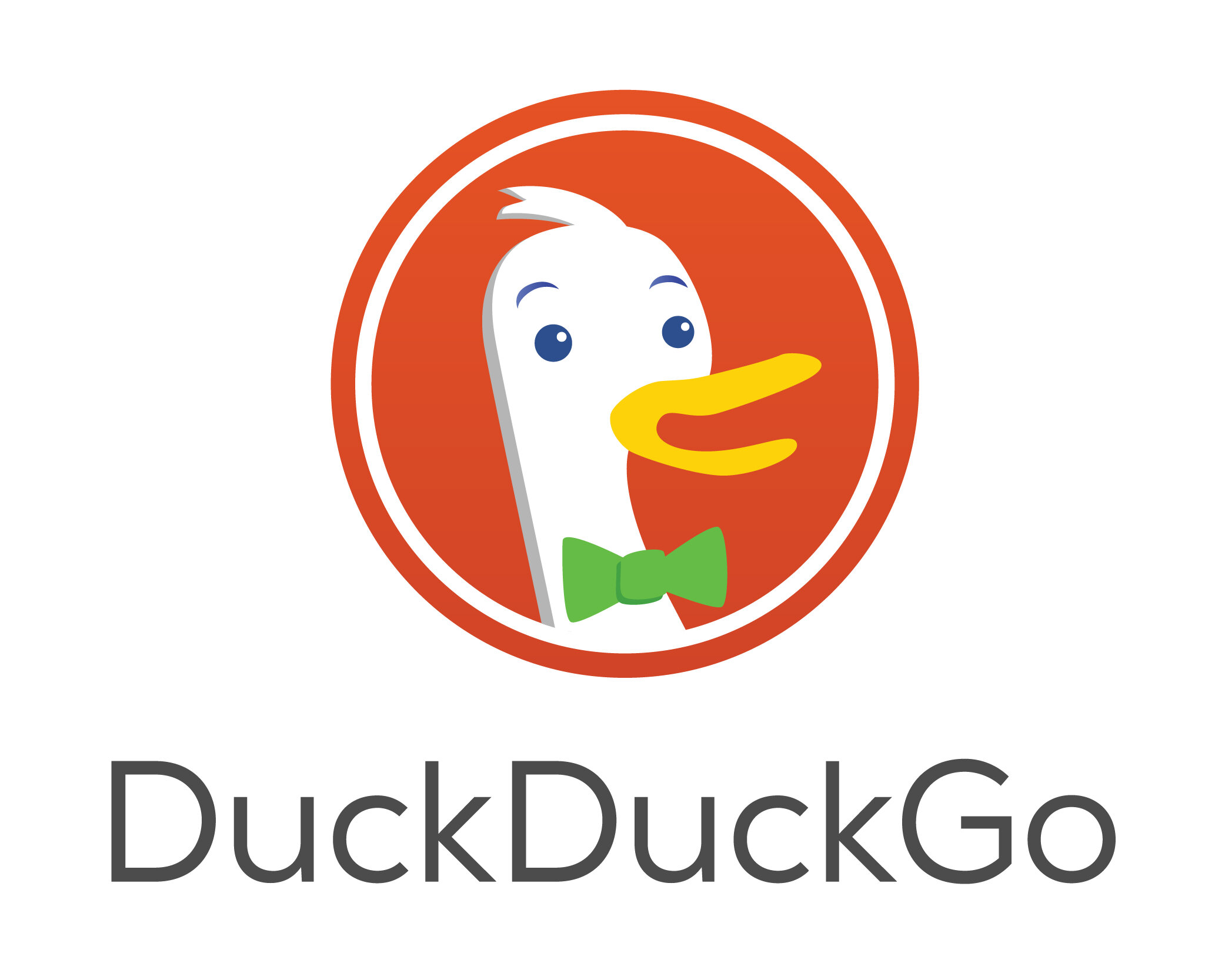
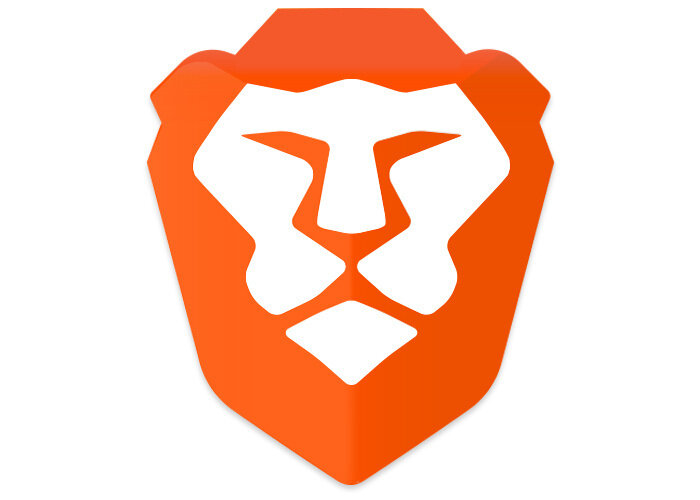
Recruitment
Remote participant recruitment conducted through Usertesting.com.
Step 1: Create screener guide with recruitment questions to define and select relevant users pertaining to research goals.
Step 2: Send out recruitment survey on UserTesting.com.
Step 3: Schedule ~6 study sessions with respondents.
Typical demographics we recruited for:
Age: mix
Gender: 50/50
Ethnicity: mix
Nationality: mix
Devices: Mobile or computer
Browsers: Edge, Chrome, Firefox, Brave, DuckDuckGo, Internet Explorer
Computer Confidence (CC): High (HCC), Medium (MCC), Low (LCC)
Work: Information workers, enterprise workers, part-time, unemployed, student, etc.
Qualitative Surveys
We occasionally created qualitative surveys to gauge user feedback, sentiments, and suggestions toward the current Edge browser. Microsoft Forms, Google Sheets, and Typeform were utilized as survey creators.
Feedback
“Your in-depth and beautiful research study will be helpful for our design and development team for months to come. Thank you for your meticulous, hard work!”
“We really appreciate your dedication and close involvement with the team.”
User Interviews & Usability Tests
6 user concept interviews and usability tests were conducted in 30 - 60 minute segments, depending on the depth and needs of the research study. UserTesting.com and Zoom were our primary tools for conducting these sessions.
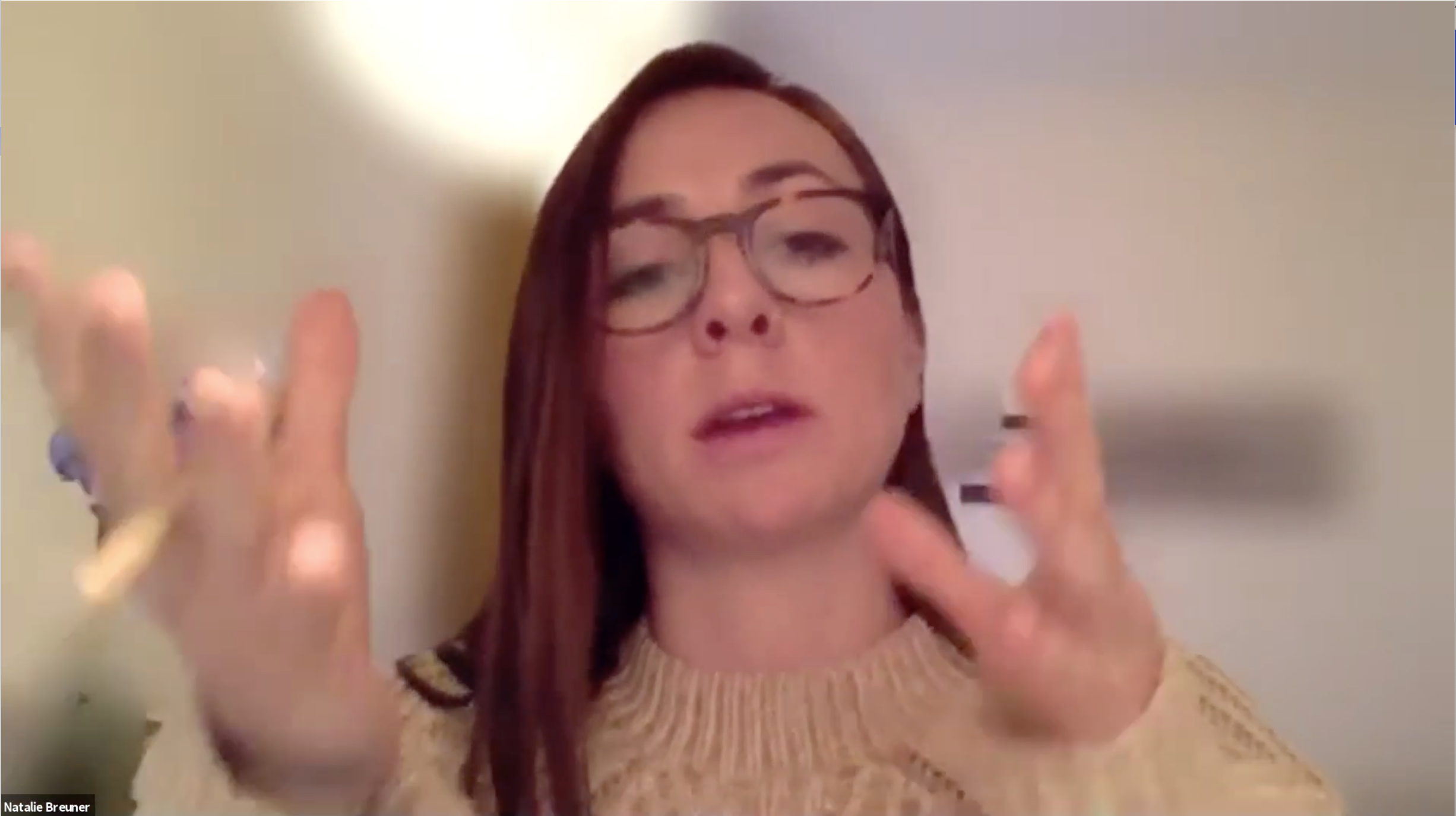
Conducting remote user interviews and usability testing via Zoom and UserTesting.com.
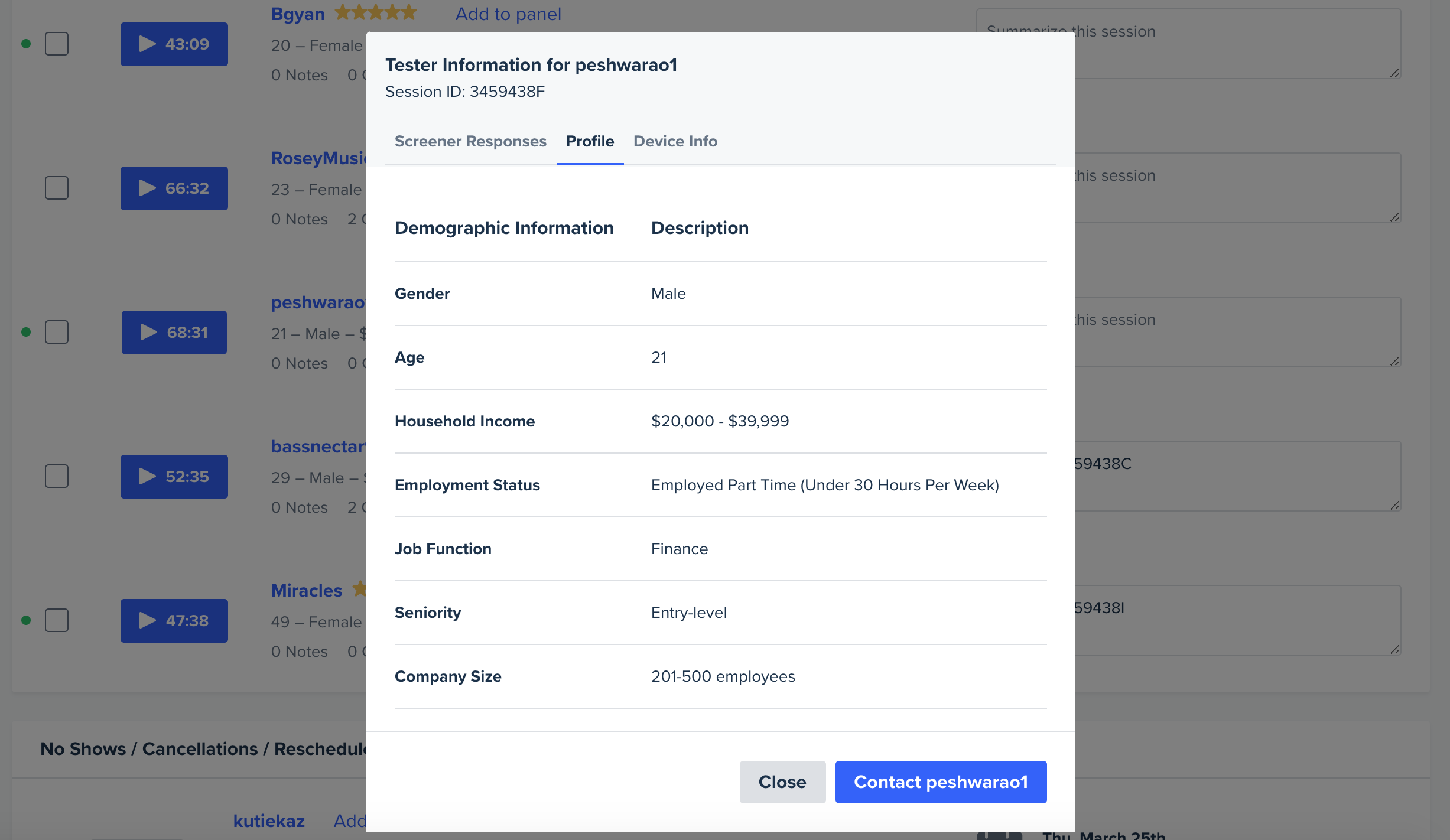
Example of UserTesting participant demographics.

Summary of participant demographics for research study #4.
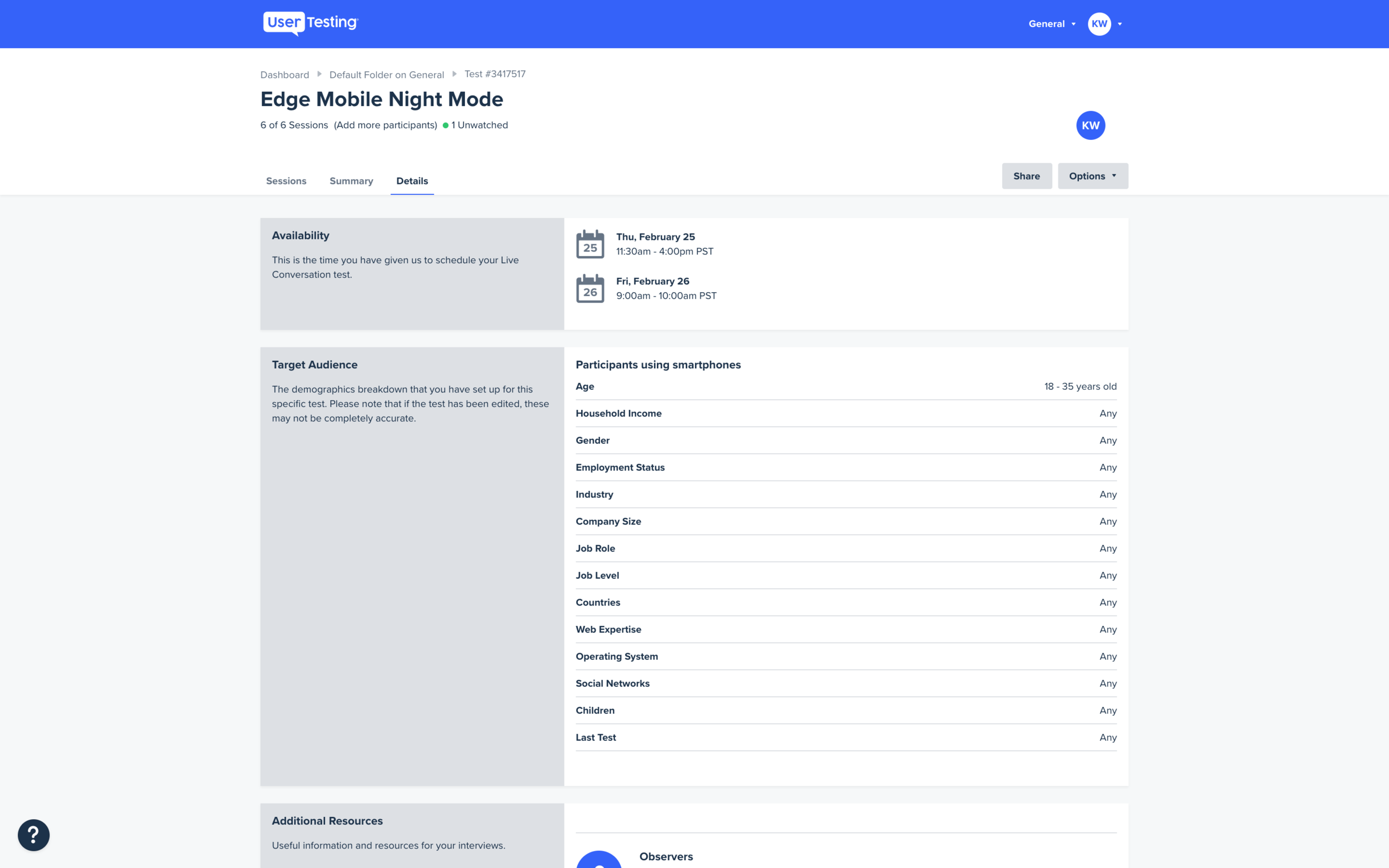
Study participant summary on UserTesting.com.
HEURISTIC EVALUATION
Heuristic evaluations were occasionally performed to compare and better understand the usability gaps in the existing product or industry. I created and presented these heuristic evaluations to the team as well as stakeholders across the world.
Below are screenshots from a heuristic evaluation and competitive analysis presentation I delivered on mobile night mode from various mobile apps.

Evaluating light vs. dark mode options in iOS settings for Night Mode research.

Heuristic evaluation of YouTube bedtime reminder and dark mode settings.

Heuristic evaluation of sleep schedule for Night Mode research.

Evaluation of iOS Health app dark mode content and UI.
Data Wallow & User Validations
At this stage, we analyzed the qualitative data and extracted key patterns that emerged from the user interviews, usability tests, and surveys. These insights were then used in the upcoming study reports to help guide recommendations for agile rapid design and development decisions.
Research Study Report
The final step in the Microsoft Edge research process was to draft and deliver an extensive research study report. This was completed both for the official RISE end-to-end research program and for general support for fellow UX Researchers.
Next Steps:
A/B Testing & Iterations
Once the HITS study reports were delivered to the Microsoft Edge UX Design and Development teams, A/B tests and further studies were the next steps for new or pre-existing Edge features.
Below are examples of current iterations of the Edge NTP (New Tab Page) or homepage that our team was researching and improving upon.
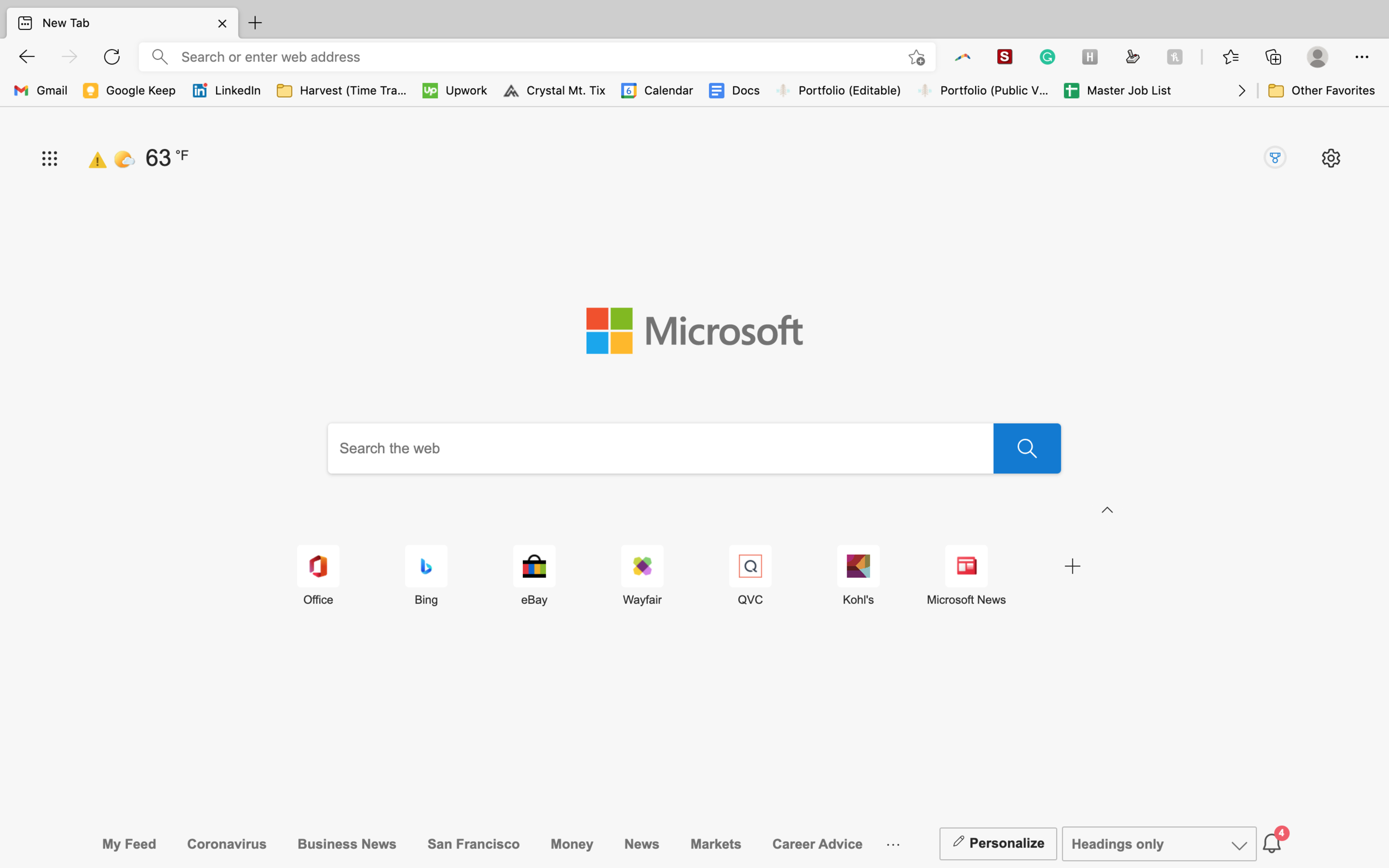
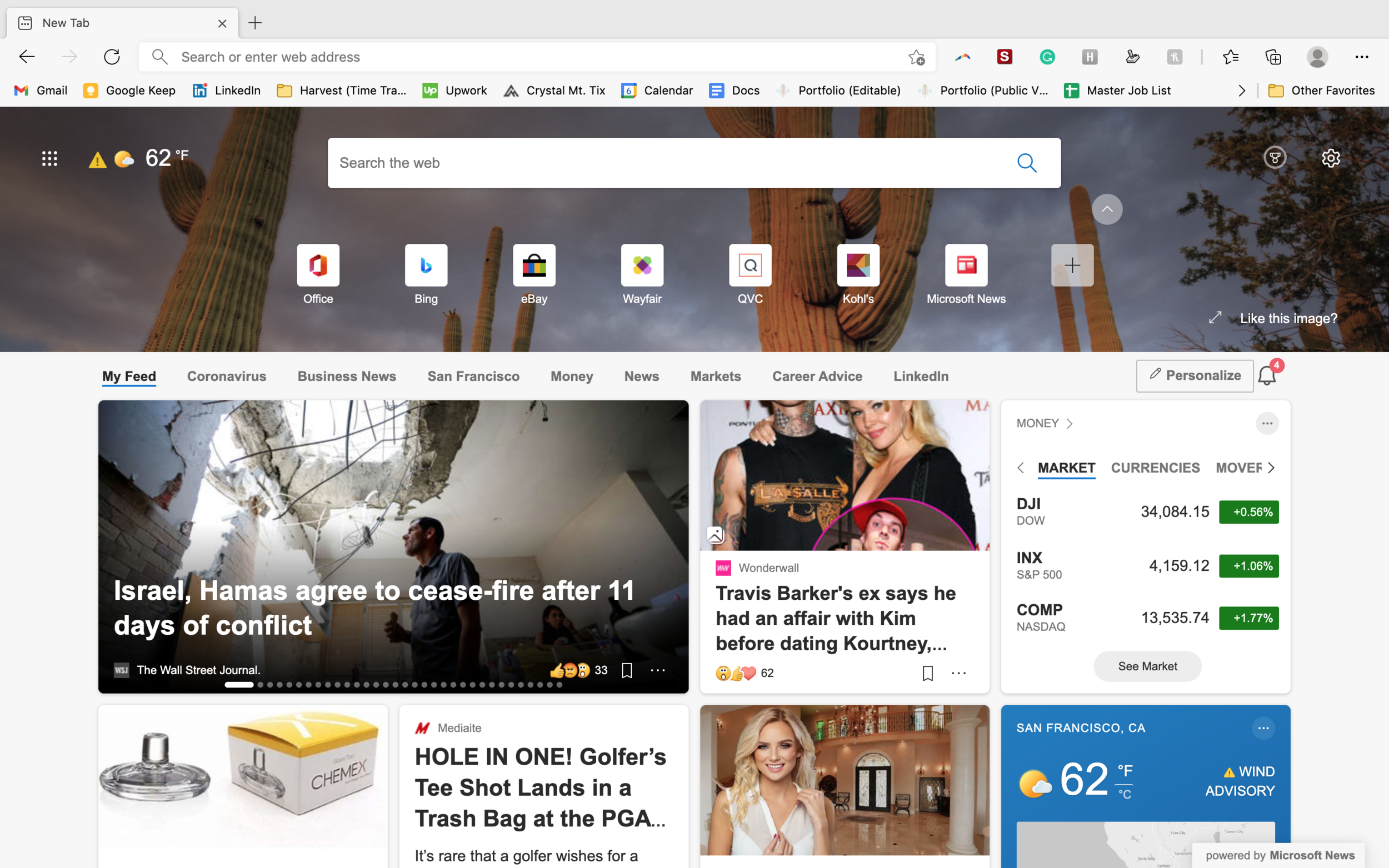
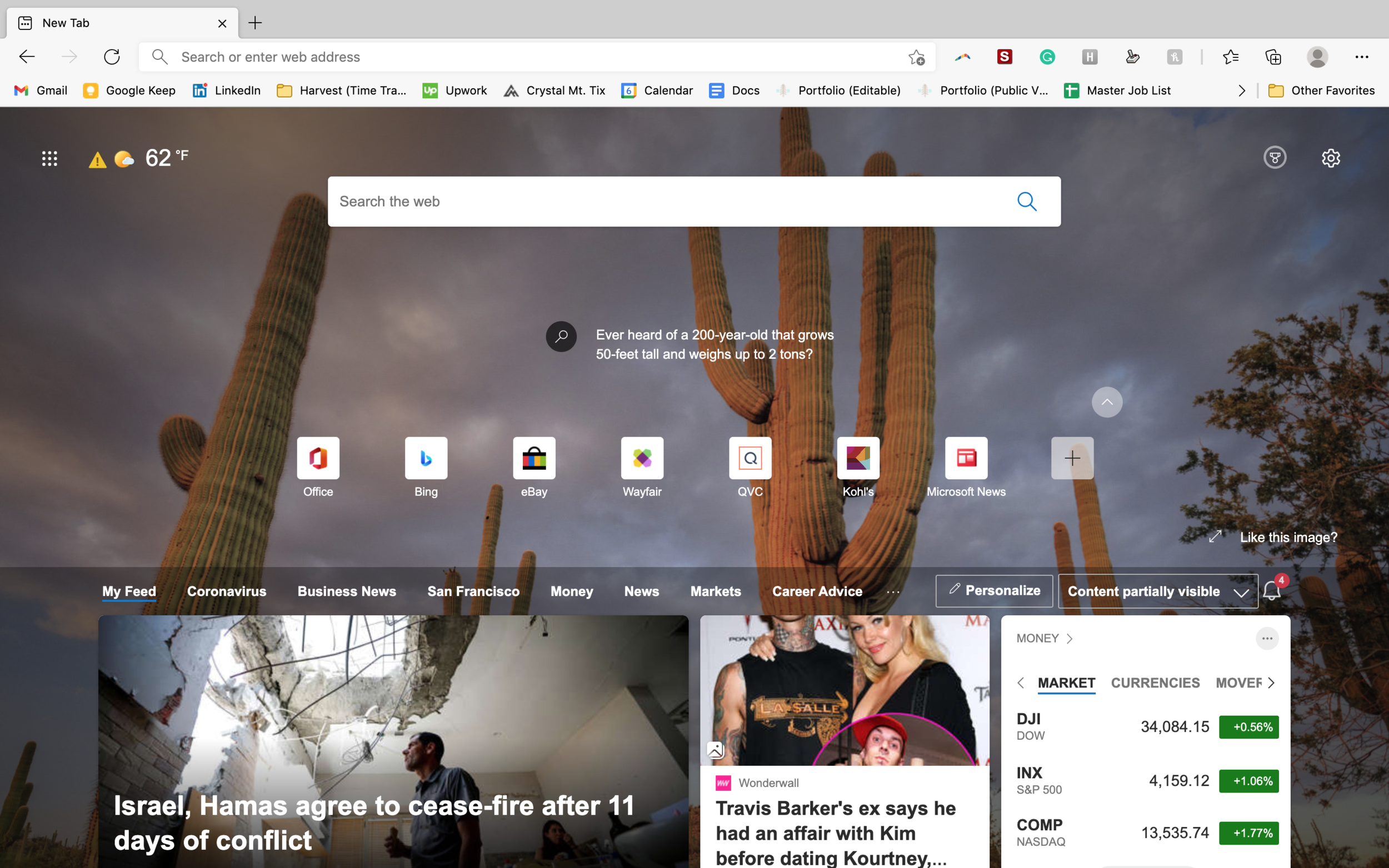
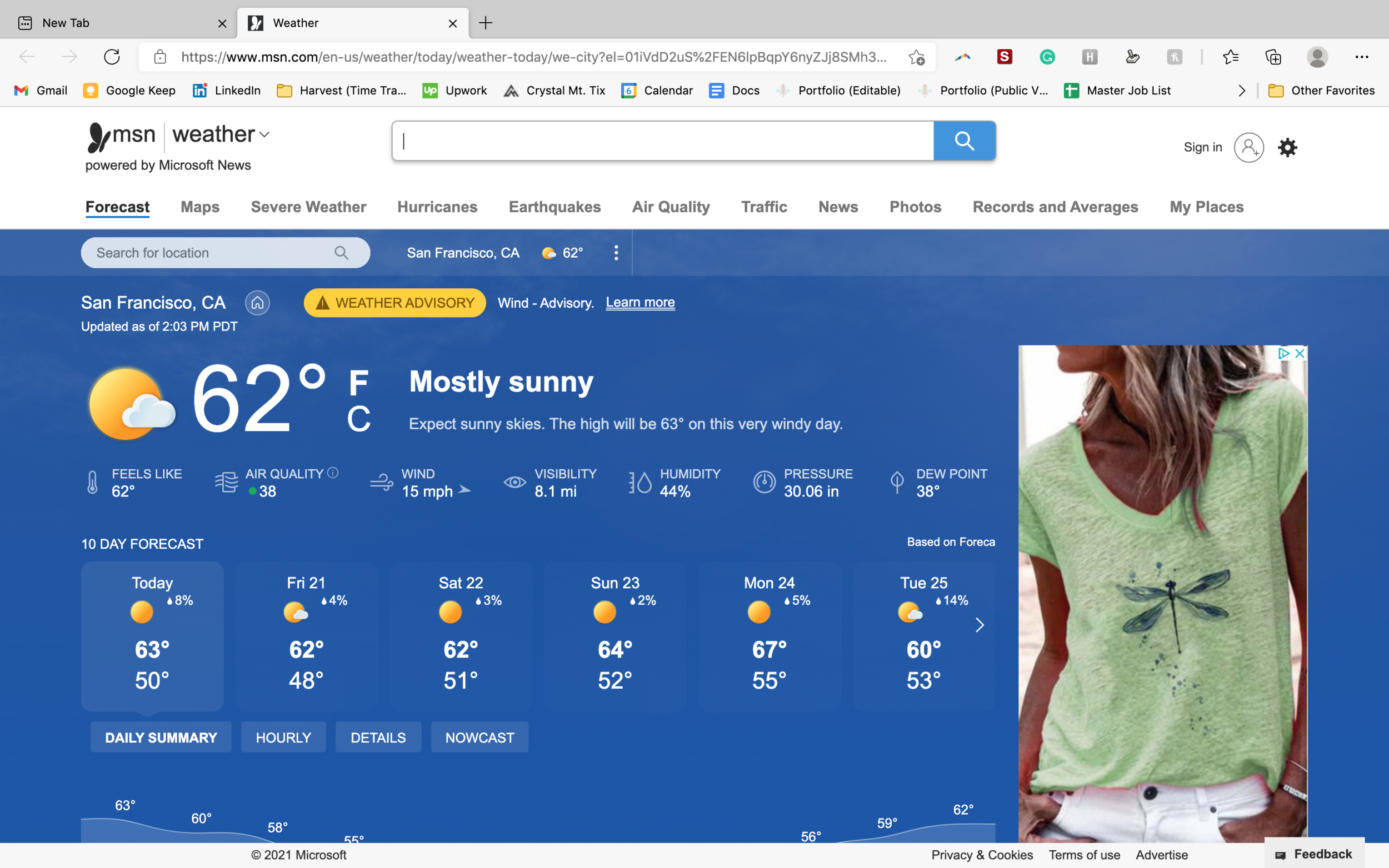
Impact
Over the course of my contract, I successfully delivered 8 end-to-end research studies and supported 6 other ongoing evaluative studies. I presented my findings to ~150+ colleagues globally and communicated my insights and recommendations to non-researchers effectively. After conducting research on both early-stage and advanced, iterated features, I was able to see 6 out of the 14 projects shipped to the customer-facing Edge product. This was exciting and empowering to see the direct impact of the fruits of my labor.
Learnings
My time with Microsoft was a pivotal experience. It taught me a great deal in a short amount of time. It was exciting, impactful, and empowering to see the features and pages that I worked on shipped to the customer-facing product that Edge is today.
As a whole, I was able to refine the following skills:
Adapt to a fast-paced, Agile team and deliver high quality work within tight deadlines in both structured and unstructured systems
Learn how to thrive in a large, corporate ecosystem
Hone my UX Research and project management skills
Develop both leadership and support tactics
Have the confidence and self-awareness to be able to ask for help when necessary, make small mistakes, implement constructive feedback, and improve the process next time around
This cross-functional role taught me how to play an integral part in researching and developing features and products that demonstrate the unique value that Edge brings to the table. I am grateful for the growing experience and the people from who I learned immensely.
Gratitude
Although my contract with Microsoft has been successfully fulfilled, I continue to remain involved however I can. Whether it’s by keeping up with newly launched features, reading their weekly emails, or staying in friendly contact with the colleagues that I formed connections with. I deeply enjoyed my experience with Microsoft. I wish the Edge team the best of luck in continuing to create a powerful browser experience for Microsoft users.
